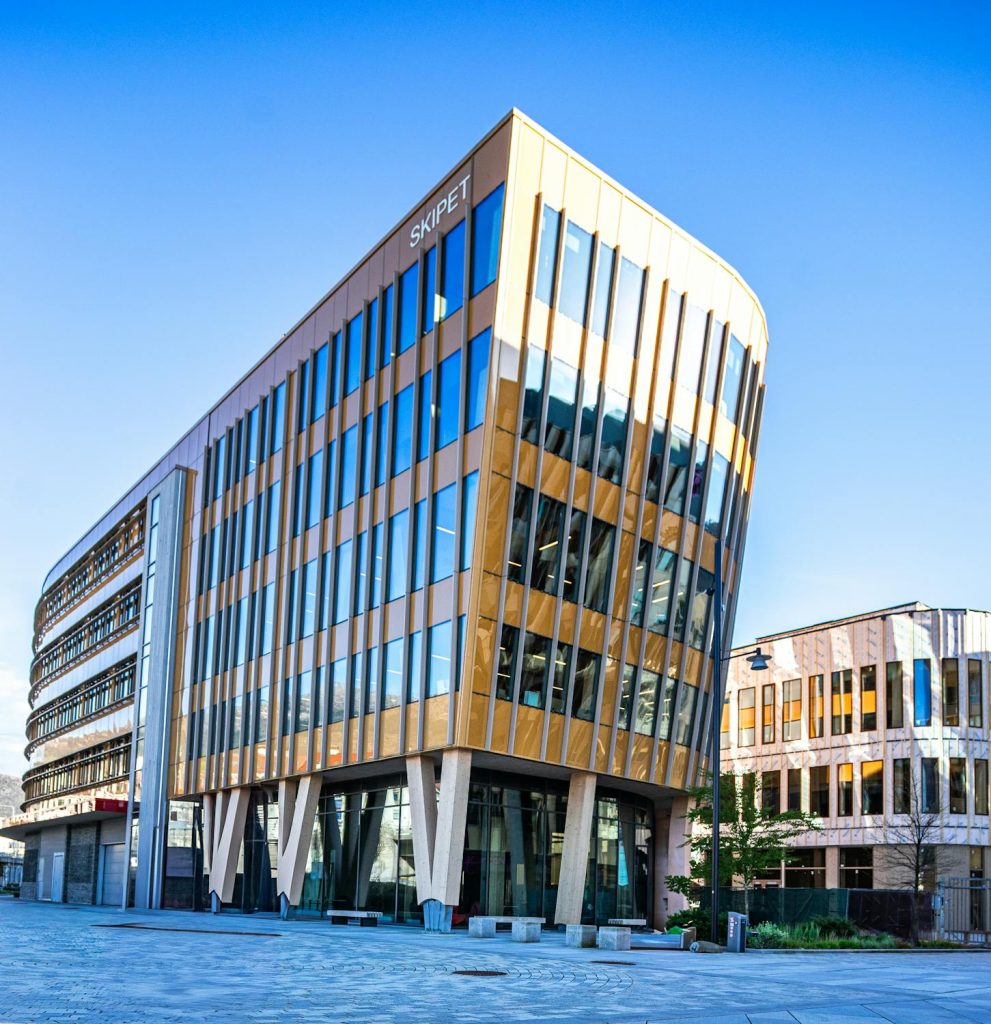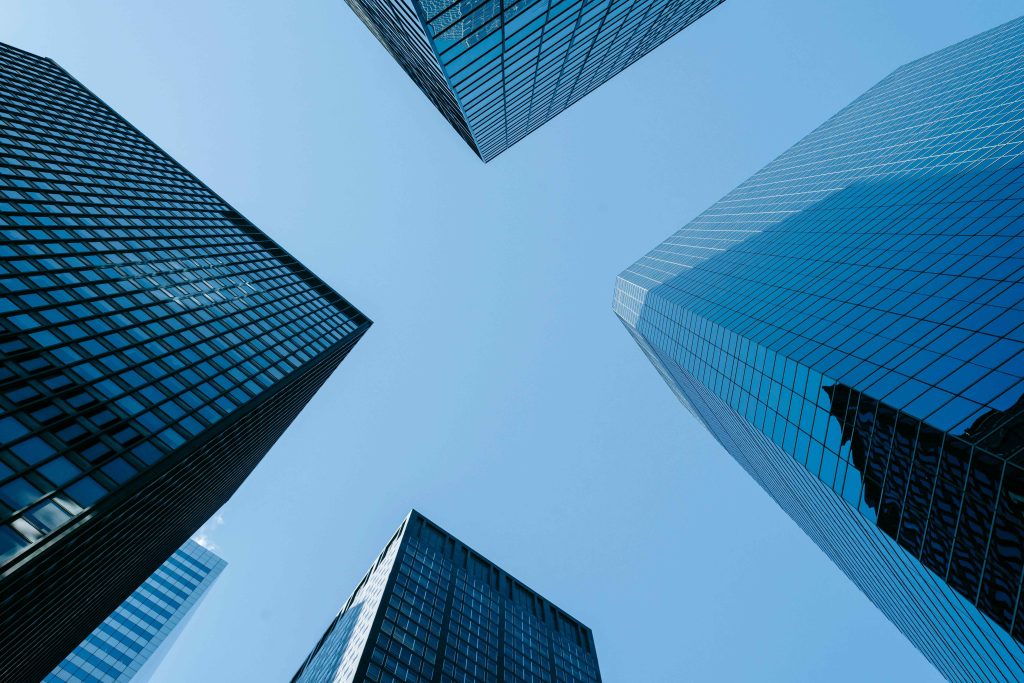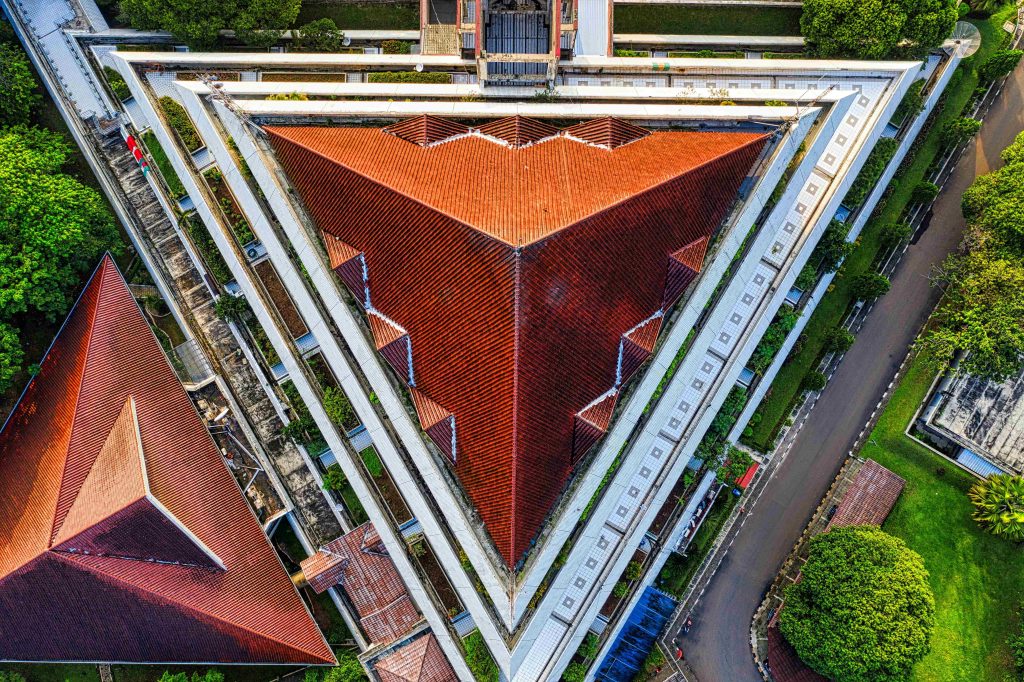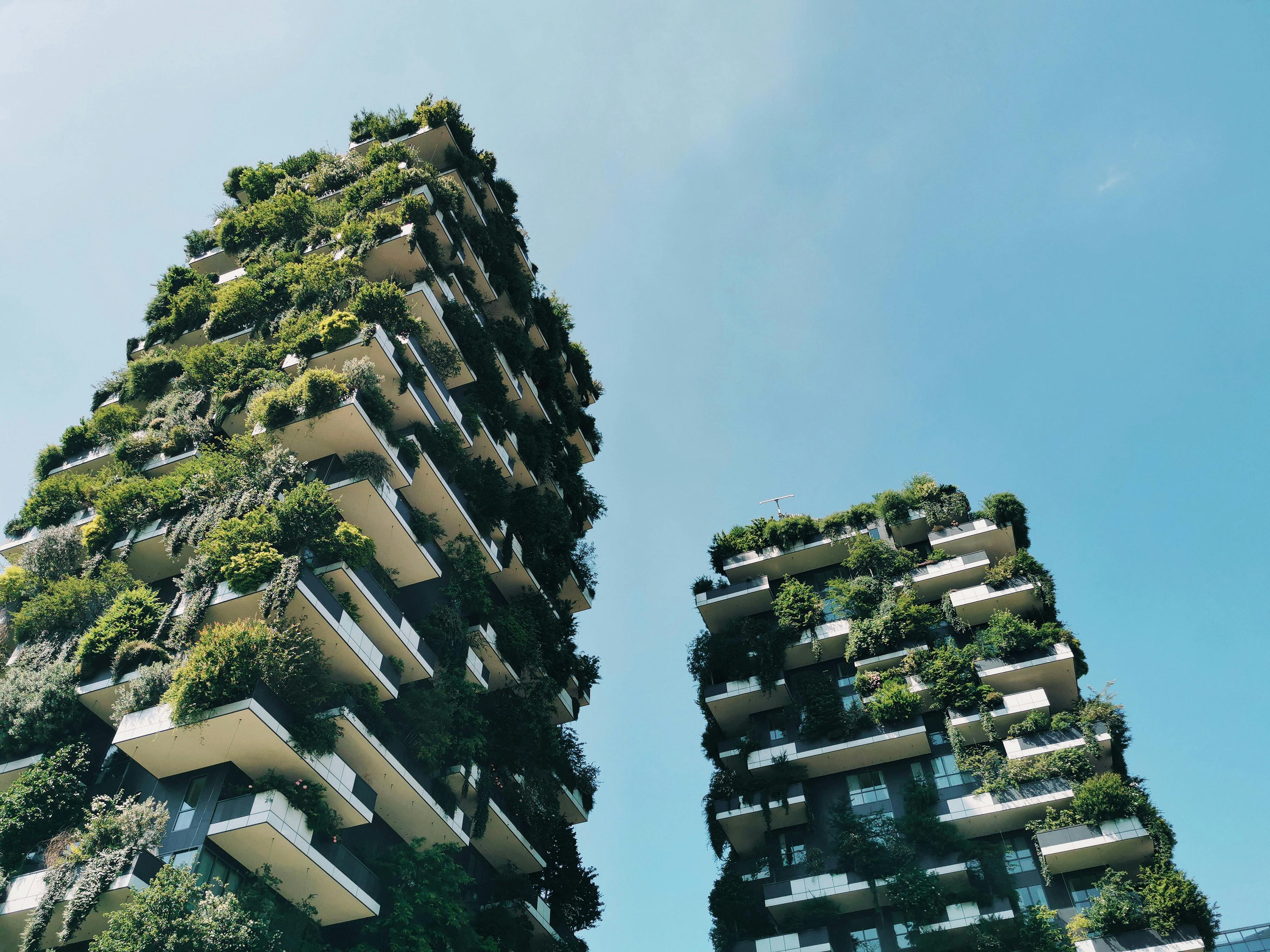Technological innovation in construction marks the pulse of modern building, which beats to the rhythm of technology. What were once endless blueprints, manual tasks and repetitive processes have today been transformed by a host of digital tools, smart materials and collaborative robots that challenge tradition. 3D printing constructs walls with almost surgical precision; self-healing concrete acts as a silent ally, extending the lifespan of infrastructure; and automated machines—far from dehumanising the building—relieve professionals of the most repetitive tasks, enabling them to channel their creativity and expertise into genuinely complex challenges.

SOURCE: Pexels AUTHOR: Streets Square
3D Printing and Organic Forms
When observing a structure built layer by layer by a large-scale 3D printer, it’s easy to picture a digital sculptor shaping an impossible form. It’s precisely this formal freedom that has captured the imagination of architects and manufacturers. Curved cladding, sinuous façades and modular assemblies are printed using special concrete, biodegradable mixtures or polymers reinforced with carbon fibres. What is surprising is not just the beauty of the forms, but the inherent optimisation. Every drop of material is deposited with millimetric precision where it’s needed, reducing waste and accelerating project timelines by over
50 %.
These technologies have initially been applied in low-cost pilot projects, such as social housing or temporary structures, but they are set to expand to larger-scale buildings in the near future. Imagine hospitals being built in record time after a natural disaster, schools adaptable to emerging communities or electric vehicle charging stations fabricated directly at logistical hubs. Rather than the future, 3D printing is the promise of on-demand, sustainable and accessible construction.
Materials that Think and Respond (Without loosing Warmth)
If 3D printing revolutionises form, smart materials redefine substance. Self-healing concretes, embedded with microcapsules that release healing agents upon contact with cracks, behave like living organisms that heal over time. Electrochromic glass functions like a visual thermostat: with a single action, its transparency adjusts to reduce radiation or maximise the influx of natural light. Meanwhile, photocatalytic coatings purify the air of pollutants, offering façades that, with the light of the day, breathe efficiency and urban health.

SOURCE: Pexels AUTHOR: Laura Tancredi
But these advancements don’t create cold laboratories, rather the science of the materials merges with the craftsmanship of the finish. Imagine a hotel lobby where the ceramic walls change colour depending on the time of day, or a pedestrian bridge that adjusts its brightness with proximity sensors. Technology becomes humanised when smart materials interact with the user, transforming each structure into a dynamic and welcoming environment.
Human-Machine Synergy in the Construction Process
Automation in construction might seem synonymous with sterile factories, but the reality is much more poetic. Collaborative robots, or cobots, work side by side with builders and workers, handling the physical load and repetitive tasks. Meanwhile, humans contribute judgement, experience and the ability to improvise. Thanks to smart sensors, these machines learn routes, recognise objects and ensure a safe work environment.
Inspection drones fly over unfinished structures, detect cracks and create 3D maps of the progress, sending real-time data to the design team. Exoskeletons reduce muscle strain, protecting workers’ well-being and allowing them to focus on key decisions. Thus, automation fosters a new pact between humans and machines. It’s not about replacement, but about enhancement.

SOURCE: Pexels AUTHOR: Laura Tancred
The symphony of pistons and algorithms coexists with the warmth of human experience. It creates a work that breathes efficiency without sacrificing sensitivity. Every step of the process, from logistics to the final finish, is carried out with unprecedented precision. Meanwhile, architects, engineers, and traditional craftsmen continue to leave their personal mark.
The landscape of construction is changing at a rapid pace. Buildings that once took years to build are now erected in months. Materials that were recently laboratory prototypes are becoming part of our everyday reality. However, what is truly exciting is not just the speed or efficiency. It is how these advancements rediscover the value of humanity. They unleash creativity, enhance safety, and allow each project to reflect the passion of those who design and construct it. Technological innovation in construction is not a goal in itself. Rather, it is the path to dreaming, creating, and inhabiting a world where technique and emotion go hand in hand. Together, they build spaces with heart and a future.
Beyond the construction project, technology extends to every phase of building. Digital twins and collaborative platforms synchronise teams, while augmented and virtual reality enable immersive project validation.At the same time, lifecycle algorithms optimise material selection and recycling strategies. This brings projects like the Königs Wusterhausen Technology Campus closer to reality. Here, 3D printing, bio-based materials, and automation converge to achieve near-zero emissions.
Ultimately, the convergence of 3D printing, smart materials, collaborative robotics, and digital tools shapes a construction ecosystem that is more agile, precise, and eco-friendly. But above all, it puts human talent back at the centre. It does this by relieving people of repetitive tasks, sparking creativity, and encouraging social innovation. Thus, the construction of tomorrow is imagined not just as a series of bricks and concrete. Instead, it is a deeply human endeavour where every line of code and every movement on site tells a story of collaboration, progress, and hope.

